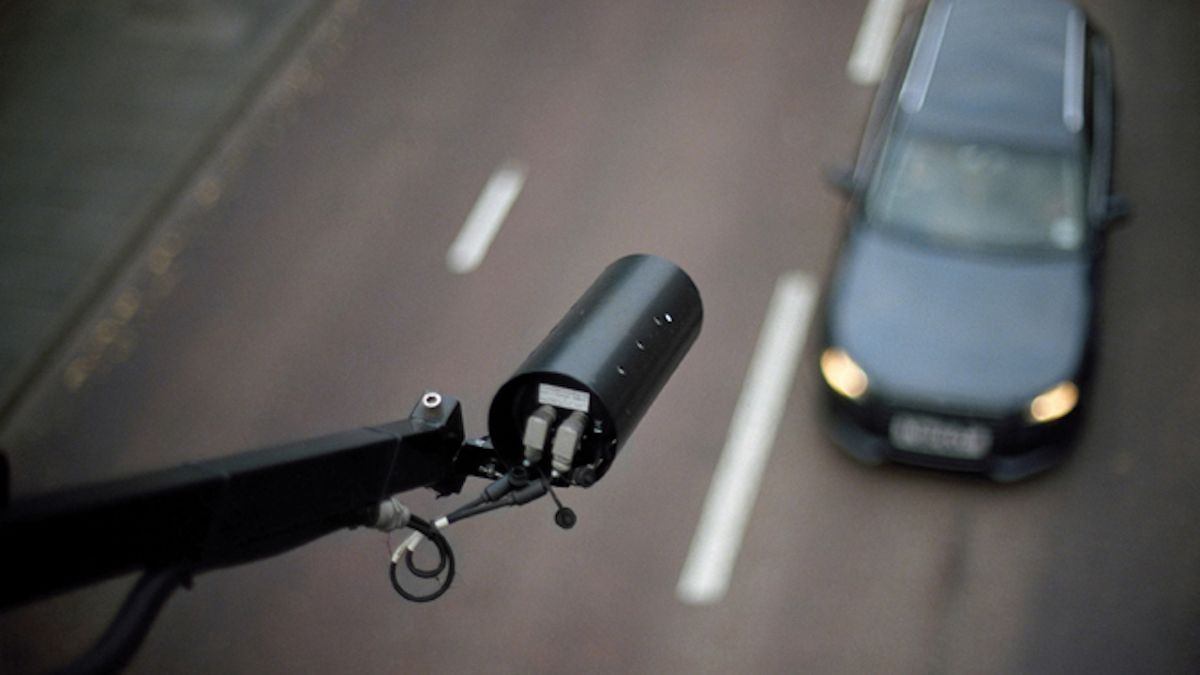Maybe you’ve seen optical character recognition (OCR) technology used in your favorite crime show, or perhaps you’ve used it to deposit a check with your smartphone. No matter your current experience level with OCR, you’ll likely become very acquainted with it soon as more and more cities are implementing the technology to improve infrastructure and streamline processes, specifically with video surveillance and physical security systems.
OCR—also commonly called automatic number plate recognition (ANPR), automatic license plate recognition (ALPR), and license number plate recognition (LNPR)—takes alphanumeric characters that are visible to the human eye, like those on license plates, checks, and passports, and makes them electronic. Correct identification of these various characters can help organizations more accurately perform functions that were previously subject to human error. It can also help accelerate the speed at which computers and readers can perform the task. Combined, these can help organizations become more efficient.
Related: How AI is Simplifying Video
Equipping video surveillance cameras with OCR is the most common use of the technology, but there are countless other uses for OCR. Business use OCR in distribution centers for tracking orders as they travel through the conveyor and shipping system. Toll roads use the technology to charge fees to your account by recording your license plate number from traffic cameras. In the travel industry, OCR is used to read passports and licenses as travelers pass through airports and other travel facilities.
We have even seen surveillance cameras with OCR being used to monitor rail cars and trailers being brought to and from customer properties. This is valuable for the customer as freight companies will charge the customer for the time the car sits on their property while it’s unloaded. If the customer can reduce unloading time, they can reduce their operational costs.
Smart Cities
Challenged with rising costs and budget limitations, many cities are looking to OCR technology to help optimize, manage, and improve mobility statistics, traffic, law enforcement, safety and security, and more.
License plate recognition systems are essential to traffic cameras that have the capability to automatically fine vehicles for running red lights, exceeding speed limits, or entering restricted areas. In parking areas, OCR can cut costs and improve efficiency by automating many previously manual operations. Now, systems can detect the entry and exit of vehicles and automatically charge the rate according to the time parked to drivers’ accounts or credit cards.
Related: AdMobilize Audience Analytics Installed in Sao Paolo's Main Subway System
One of the more demanding smart city applications for OCR is within police patrol cars. Law enforcement agencies around the world see OCR as a powerful tool to reduce crime, increase police efficiency, and improve safety. Patrol cars can be equipped with cameras that are constantly scanning license plates and comparing them with their databases, which are updated on a central server. This is used to identify stolen vehicles, vehicles wanted in relation to crimes, and vehicles without compulsory insurance.
Other popular applications include the identification of vehicles in restricted areas, such as bus lanes and pedestrian zones. Vehicles can also be checked to ensure they have passed the relevant technical inspections. By reducing defective vehicles on the road, the number of deaths and injuries due to accidents caused by mechanical malfunction could also be reduced.
Additionally, by combining OCR with artificial intelligence (AI), text recognition is more accurate than ever before. Before AI, to improve the reliability of OCR data, a human had to manually measure and monitor the results. Now, AI solutions can be integrated with OCR to do this automatically while pulling insights from the text. The technologies work together to simultaneously capture and comprehend the data, improving accuracy and efficiency while also eliminating the labor costs associated with doing this manually.
Whether on a construction site or in a smart city, optical character recognition has proven to be a reliable, cost-effective solution to improve efficiency and maximize resources while cutting costs.
Bob Dolan is the director of physical security technology at Anixter. For more on smart city trends, visit anixter.com/smartcity.



